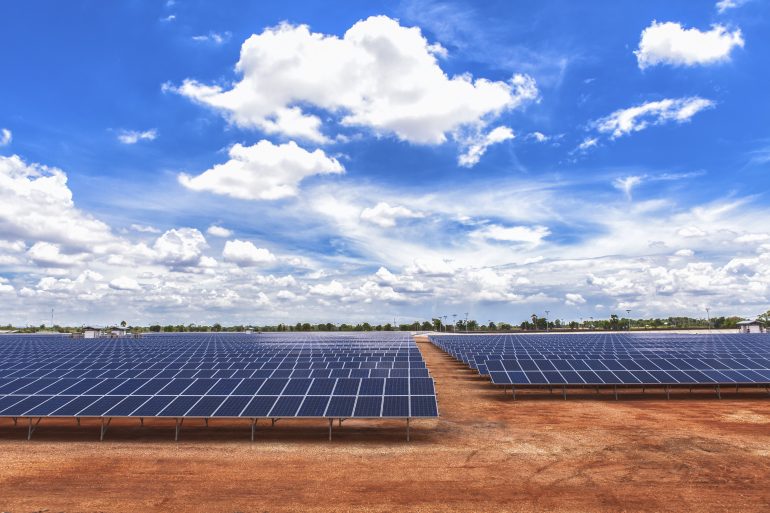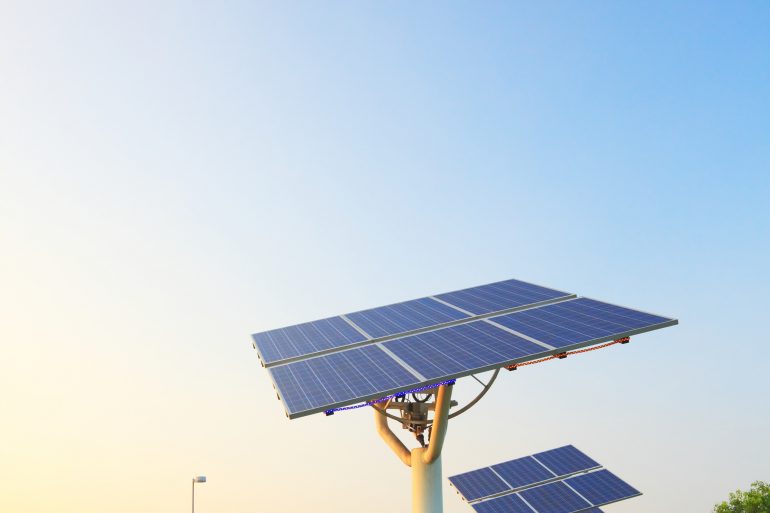1. Looking for the most inexpensive solution
One of the most obvious mistakes we as solar customers can make. It is important to not go too far on your hunt for the best value system on the market. If the offer seems too good to be true, chances are that’s exactly what it is. Solar power is a significant investment that should be thought of as a renovation to your office, with a relatively higher return on investment.
2. Don’t just throw panels on the roof
Solar Power systems are designed for certain types of roofs. A good supplier will survey your roof, evaluate the solar potential, and suggest the proper panel based upon the results. Your roof and the solar system should work together to maximize the energy output. Systems which are not catered to your specific roof are less likely to function properly and more likely to require additional adjustments, repairs, or replacements.
3. Installing an enormous system that you don’t need
Your energy needs are one of the most important factors in your decision to move onto Solar. Knowing the required size of system to get for your business depends on a lot of factors. When it comes to solar panels, bigger is not necessarily better. If you have carried out adequate research, any reputable installers you happen to choose will be able to figure out what size of a system will be best for you. You need to weigh up the cost of the system with the financial returns it will deliver. A good solar solutions company shall evaluate and help you understand your needs before the final purchase.
4. Solar consumer and their rights
As a customer, it can be a formidable experience trying to find correct, unbiased information when purchasing a solar power system. It’s important to know exactly what you need, and even more so what you don’t need, when purchasing a solar power system. For example, opinion on necessary solar system maintenance and servicing periods vary widely. Likewise, know that the right warranty is extremely important when purchasing your system, as it’s a long term investment that needs a level of insurance and reliability down the track. Make sure you read the fine print of your warranty agreement.
5. Taking your first offer
Doing your research is the most important thing with any investment, and solar systems, particularly with the addition of storage, are no different. You mustn’t trust the first offer you get. Research, look around, ask and then finalize!
6. Off-grid system and going green
Going off the grid sounds appealing for many reasons. Before battery storage technology was on the market, many people were drawn by the off-grid systems so they could go ‘completely green’. At the end of the day, the economics will determine whether you can sustain such a decision, and although you’ll be able to feel great about your carbon footprint, it’ll mean nothing if you can’t afford to keep doing it. If you’re considering solar panels in an urban area, go with a grid connected system and make (economically) sustainable choices. If you install a basic on-grid solar system, make sure it’s easily set up to upgrade to battery storage, as this will be the greenest way to progress your solar investment!
7. Shaded roof doesn’t mean solar wouldn’t work
It’s really important to never make assumptions as to whether you’re eligible for solar power. Solar panels that are being developed are very efficient and the presence of a shade or the absence of sunlight on certain day might not affect the energy production as much as you think it would.
8. Supporting your solar system
Acquiring solar should not be the only way to reduce your energy consumption and carbon footprint. Simply switching to solar won’t make you as energy efficient as you can be. Small, low cost additions to your office like insulation, window shades and responsible electricity use can all lower your energy consumption and increase your solar savings.
9. The wait on new technology
It is understandable that when you first invest, as is the case with any technological spending, consumers tend to hang out for the latest and greatest high tech gadgets to be released. New technology is certainly a reality for the solar industry, and while many technologies are worth the wait – i.e. solar storage – you will be waiting around forever if you want the latest and greatest thing. The reality is, new technology is being released all the time, and you could miss the boat on incredible long term benefits if you wait for too long.













